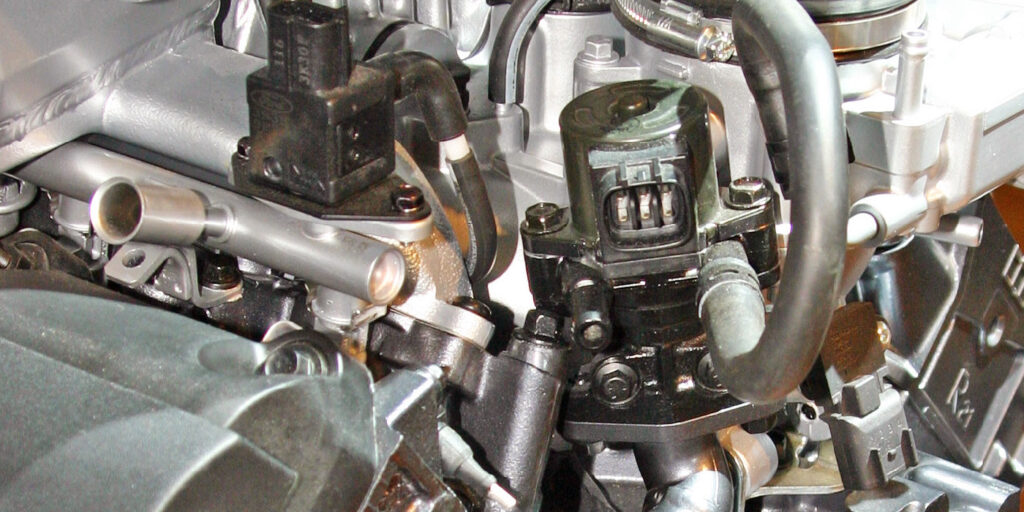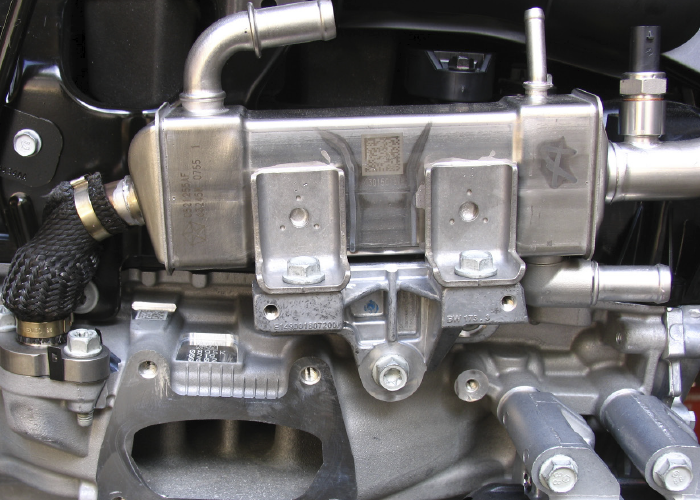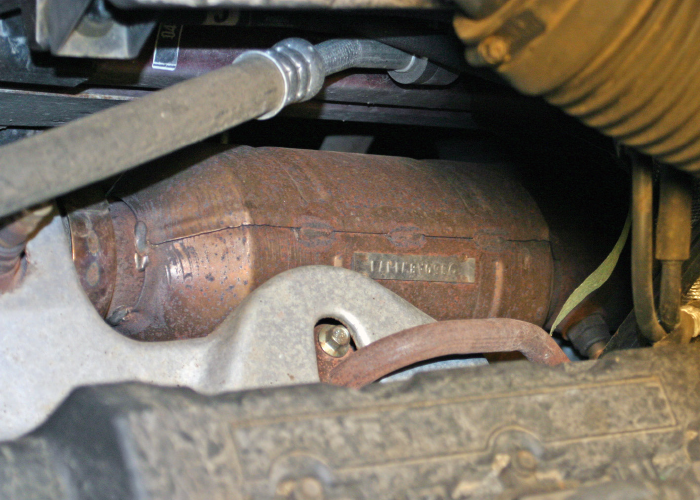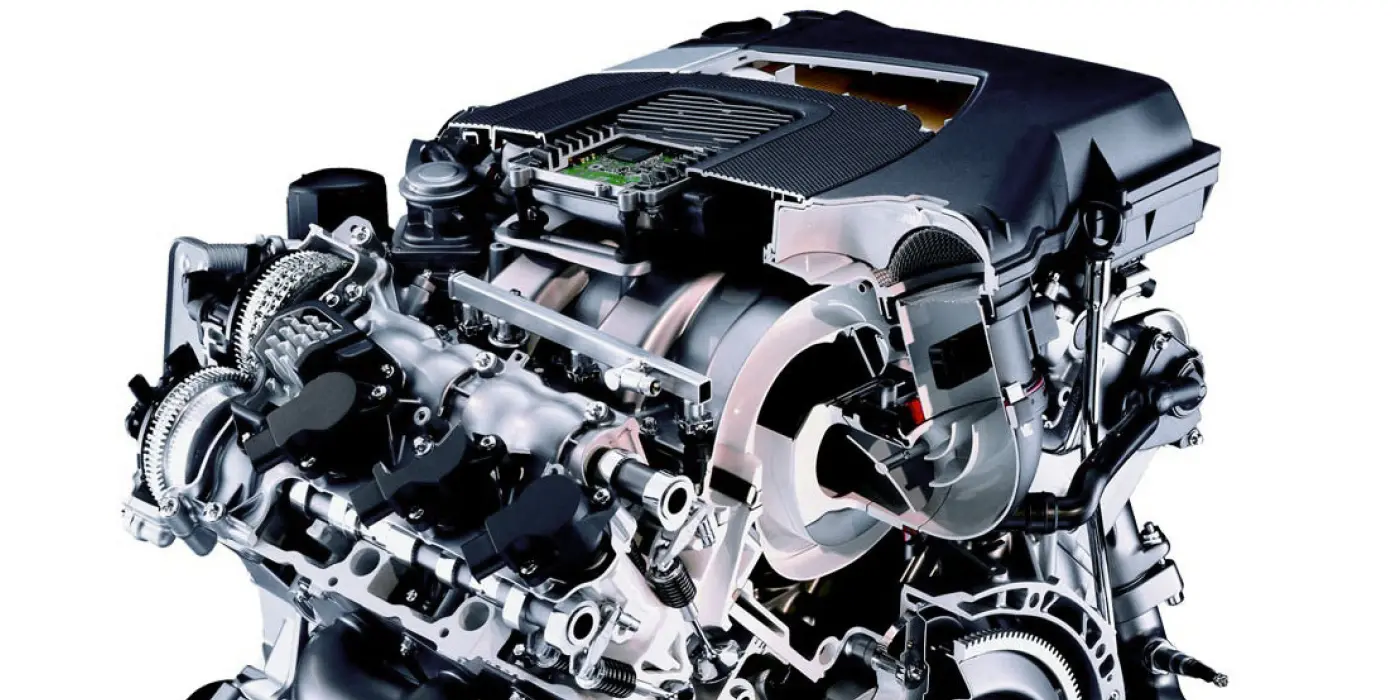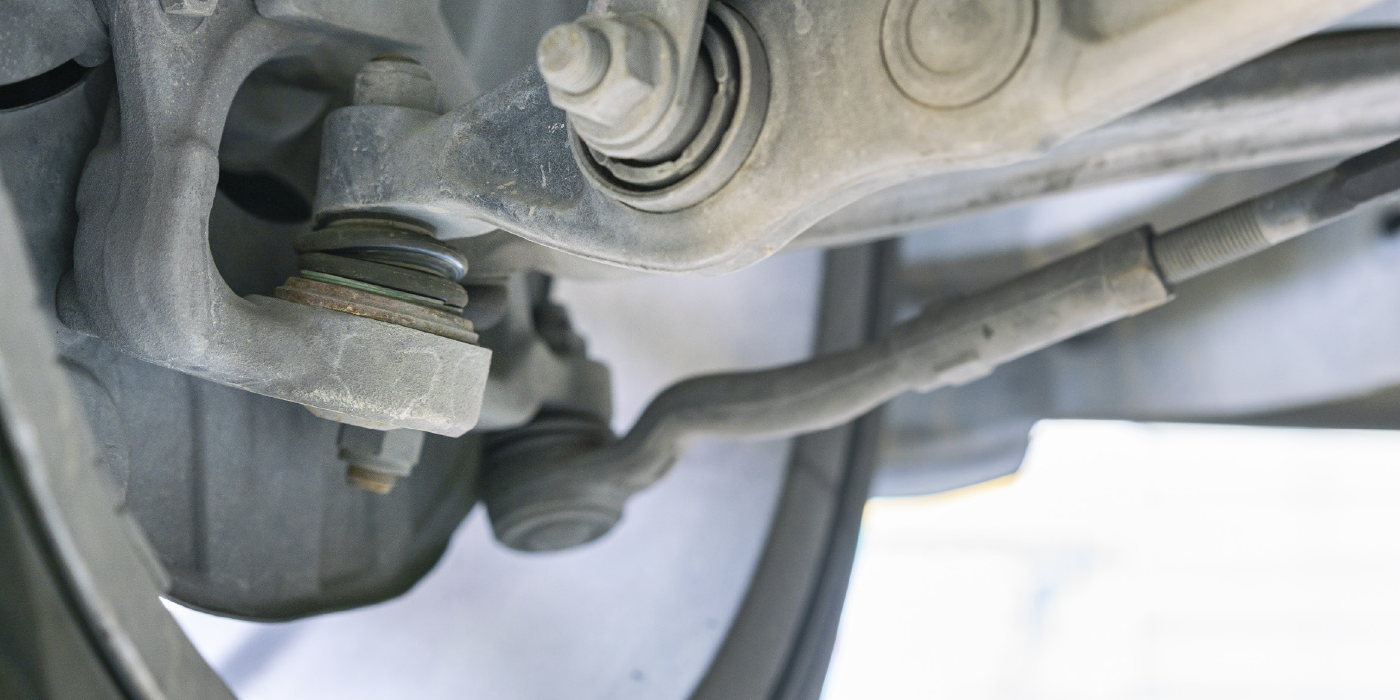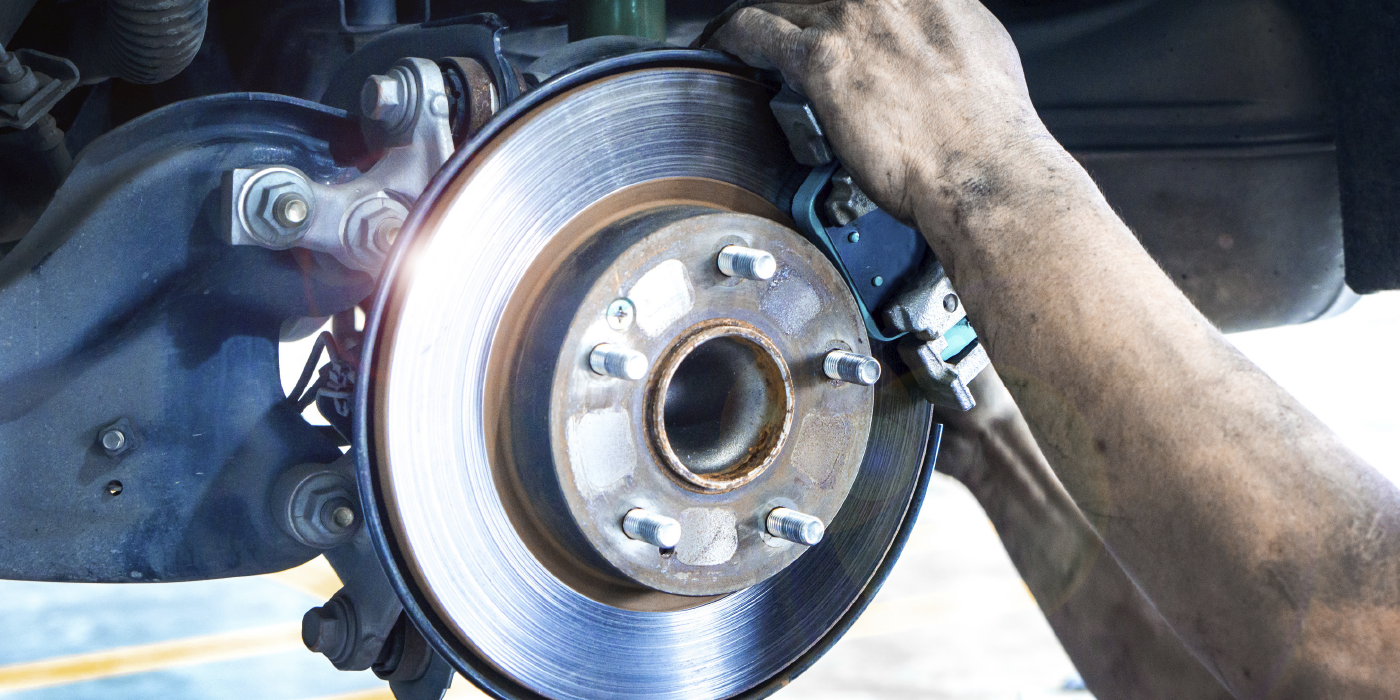Exhaust gas recirculation is the dilution of the air/fuel mixture to control amounts of exhaust gas. Since exhaust gas does not burn, this lowers the combustion temperatures and reduces NOx emissions from the engine. At lower combustion temperatures, very little of the nitrogen in the air combines with oxygen to form NOx. Most of the nitrogen is simply carried out with the exhaust gases.
For consistent driveability, it is desirable for the amount of exhaust gas flow to be proportional to the throttle opening. Driveability is also improved by stopping EGR when the engine is started up cold, at idle and at full throttle.
Early EGR
By 1981, closed-loop controls were in place. EGR flow was now more carefully controlled with dual diaphragm and backpressure EGR valves. The flow of vacuum was further controlled by solenoids that blocked the vacuum port until certain criteria were met, such as temperature, rpm and manifold absolute pressure (MAP).
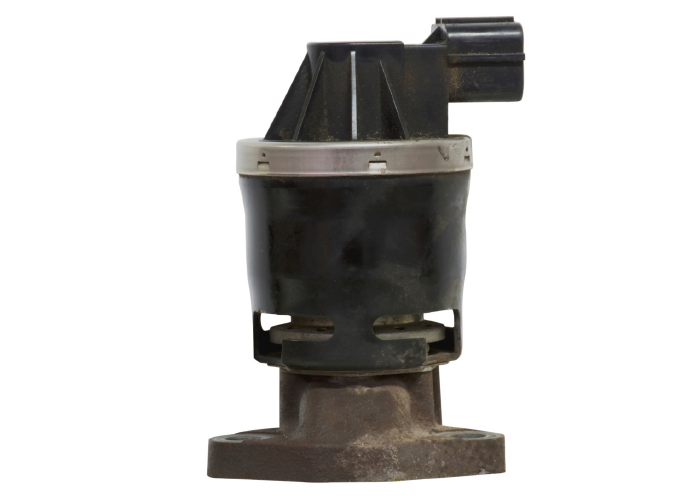
OBD II requires that EGR systems be monitored for abnormally low or high flow-rate malfunctions. The EGR is considered to be malfunctioning when an EGR component fails or a fault in the flow rate results in the vehicle exceeding the Federal Test Procedure (FTP) by 1.5 times. FTP is the government-mandated drive cycle smog test that all new cars must pass and adhere to.
Depending on the system in which it is used, the design of the EGR valve may change. Often these design changes incorporate some of the system controls. Types of designs included positive backpressure, negative backpressure, ported and pulse-width modulation.
The positive backpressure EGR valve has a bleed port and valve positioned in the center of the diaphragm. A light spring holds this bleed valve open, and an exhaust passage is connected from the lower end of the tapered valve through the stem to the bleed valve. When the engine is running, exhaust pressure is applied to the bleed valve. At low engine speeds, exhaust pressure is not high enough to close the bleed valve. If control vacuum is supplied to the diaphragm chamber, the vacuum is bled off through the bleed port and the valve remains closed. As engine and vehicle speed increase, the exhaust pressure also increases.
In a negative backpressure EGR valve, a normally closed bleed port is positioned in the center of the diaphragm. An exhaust passage is connected from the lower end of the tapered valve through the stem to the bleed valve. When the engine is running at lower speeds, there is a high-pressure pulse in the exhaust system. However, between these high-pressure pulses there are low-pressure pulses. As the engine speed increases, more cylinder firings occur in a given time and the high-pressure pulses become closer together in the exhaust system. At lower engine and vehicle speeds, the negative pulses in the exhaust system hold the bleed valve open. When vacuum from an external source is supplied to a negative backpressure EGR valve with the engine not running, the bleed port is closed and the vacuum should open the valve.
Over time, electrical EGR units have been introduced into late-model vehicles. The most common of the three electrical EGR valves is the digital EGR units.
A digital EGR valve contains up to three electric solenoids that are operated directly by the PCM. Each solenoid contains a movable plunger with a tapered tip that seats in an orifice. When any solenoid is energized, the plunger is lifted, and exhaust gas is allowed to recirculate through the orifice into the intake manifold. The solenoids and orifices are different sizes. The PCM can operate one, two or three solenoids to supply the amount of exhaust recirculation required to provide control of NOx emissions. When testing a digital EGR valve, you can use a scan tool to activate the valve. The rpm should drop for each activation period. An EGR valve that’s plugged or not working will show no change.
Another style is the linear EGR valve, which is basically a pulse-width modulated solenoid valve where the valve is spring-loaded closed. GM was the first to use these linear EGR valves. The computer varies the pulse-width command to the valve to control the amount of opening. A position sensor is integrated into the valve. The sensor generates a signal, very similar to a throttle position sensor to indicate to the computer exactly how open or closed the EGR valve is. This feedback signal allows the computer to more accurately control the amount of EGR flow.
You also will encounter a stepper motor EGR valve, which is designed to work very similarly to GM idle air control motors that have been around for a long time. Here, the valve has two separate sets of coil windings. The PCM sends alternate, coordinated pulses to each winding to “step” the motor open or closed in small increments.
Unlike all other vacuum and electrical design EGR valves, stepper-type EGR valves remain in the last commanded position even when disconnected electrically. They do not “spring” closed when disconnected.
When diagnosis of a negative backpressure EGR valve is needed, you must bring the engine up to normal operating temperatures. With the ignition off, disconnect the vacuum hose from the EGR valve and connect a hand-held vacuum pump to the fitting on the valve. Supply 18 inches of vacuum to the EGR valve and vacuum should hold steady for 25 seconds. If the valve does not open or cannot hold the vacuum, it must be replaced. If the valve holds steady, start the engine and the vacuum should drop to zero and the valve should close.
When diagnosis of a positive backpressure EGR valve is needed, the same basic test is used like with the negative type but with opposite results. When the engine is idling, apply vacuum to the EGR valve and you should not be able to build up a vacuum in the valve and the EGR valve should not open. Turn off engine and disconnect the vacuum supply hose from the throttle body. Connect a long vacuum hose from the EGR vacuum port on the throttle body directly to the EGR valve vacuum port. Use a tee fitting to connect a vacuum gauge in the vacuum hose to the EGR valve, then start the engine and bring it up to 2,000 rpm. Watch the vacuum gauge, vacuum should be present and the EGR valve should open.
On digital EGR valves, the resistance of the valve can be checked. By connecting an ohmmeter across the terminals on the valve, the windings can be checked for opens, shorts and high-resistance readings. If readings are not within specs, replacement of the EGR valve will be needed. Also, make sure that the EGR passages are not restricted or plugged. You will have to remove the valve to make this visual check. You can also use an exhaust gas analyzer to check an EGR system. Looking at the NOx readings at 2,000 rpm, the readings should be below 1,000 ppm.

